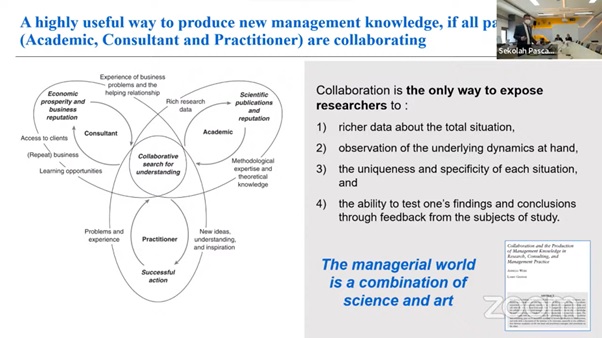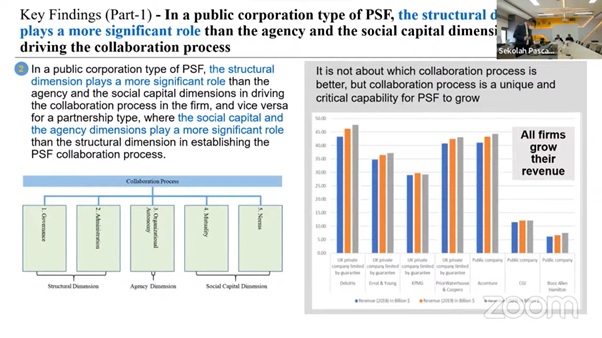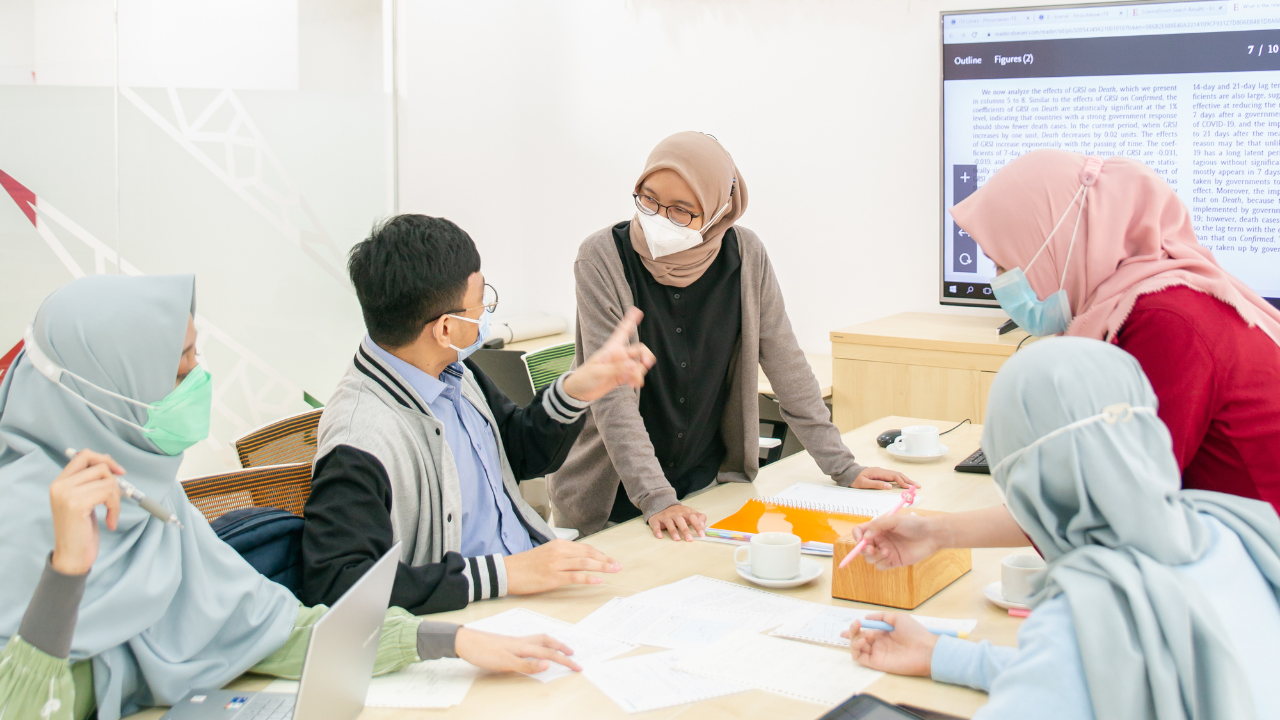Today’s challenges require us to be more collaborative. An organization can generate more value and grow with good collaboration. In practice, however, collaboration is one of the most challenging and problematic actions.
So, how can the parties effectively carry out the collaboration process? That is the problem that the Consultant at Orphoz Consulting (Southeast Asia) of McKinsey & Company, Budiarso, solved on Wednesday (13/7/2022).
 Essentially, collaboration can emerge from anywhere, from government to consulting firms, businesses, organizations, and individuals. All of this is inextricably linked to the intention of each party involved in the collaboration. However, during his journey, Budiarso stated that collaboration is more than just a mutually beneficial relationship.
Essentially, collaboration can emerge from anywhere, from government to consulting firms, businesses, organizations, and individuals. All of this is inextricably linked to the intention of each party involved in the collaboration. However, during his journey, Budiarso stated that collaboration is more than just a mutually beneficial relationship.
We must all recognize that collaboration as a component of social action is not static. Collaboration is dynamic, continuous, and cyclical.
“As a result, the identification and process of problem-solving in it is more than just solving mathematical problems. Whereas in reality, we must be able to confront it with reality and actualization,” said the man with 25 years of experience at the business consulting firm Deloitte & Accenture.
Logically, five factors must be considered in the collaboration process: mutual relations, each party’s autonomy, norms, government, and administration. With these five factors in mind, it is hoped that we will support collaboration so that it can run smoothly. In addition to ensuring a smooth collaboration, both parties must thoroughly understand the other from life, values, attitude, and behavior. It is hoped that conflicts and problems can be avoided by understanding the other party well.
 External Elements
External Elements
Finally, Budiarso reminded us to remember that collaboration is not limited to parties. External factors can influence the occurrence and progression of collaboration. Third-party or uncertain conditions are examples of external factors. For example, a third-party competition factor forces the parties to collaborate.
“Or the pandemic factor that has emerged in recent years. During a pandemic, a lot of things can happen. This is an outside factor that we must be able to deal with. collaboration is expected to run smoothly with adaptation and communication,” concluded the graduate of the Indonesian Management Development Institute (IPMI)/ Monash Mt Eliza Business School, Gunadarma University, and the University of Indonesia.
For complete understanding, watch here https://www.youtube.com/watch?v=ncKbd_zUAdE&t=336s




